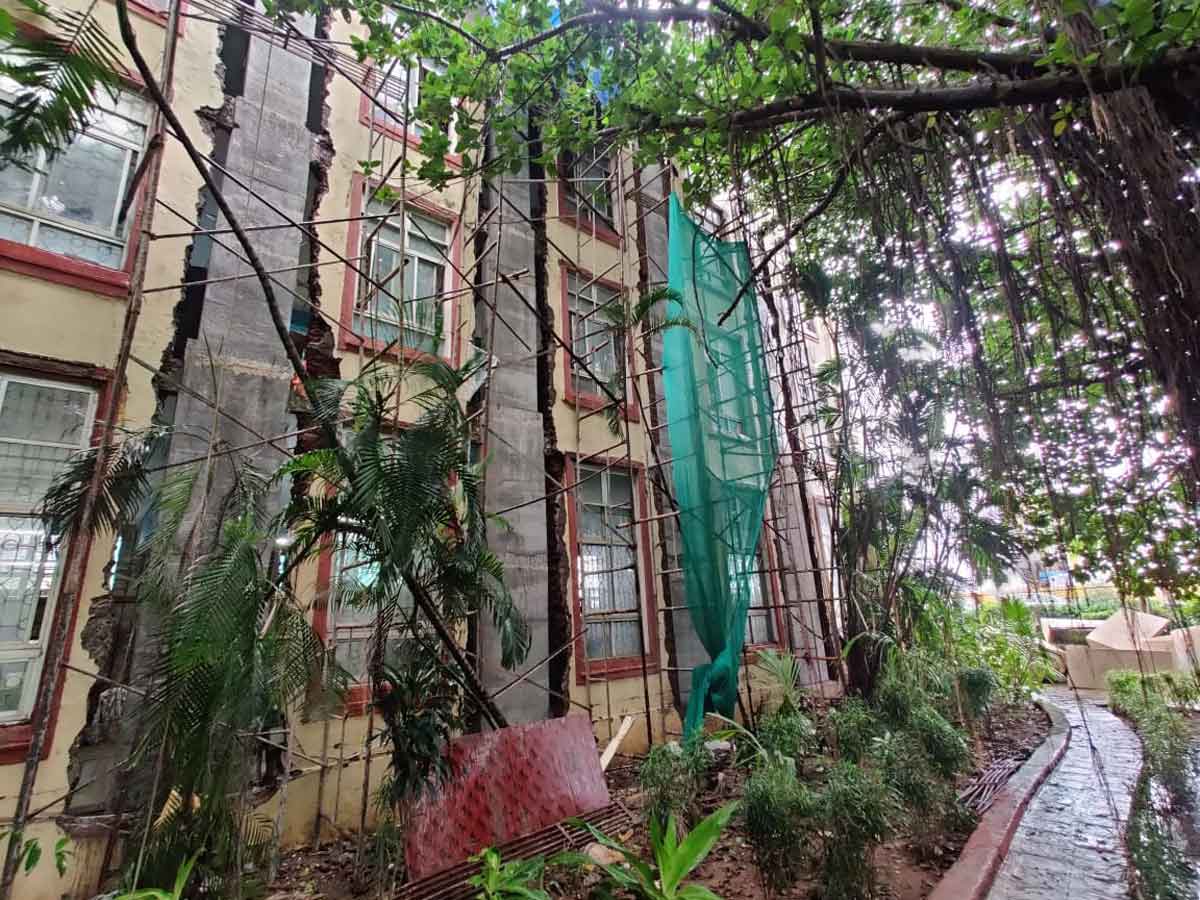Micro concrete is a coating made of cement that can be applied to a variety of surfaces, such as tile and wood, to replicate the feel and appearance of concrete. It is a well-known strategy for creating surfaces that are pleasing to the eye.The microconcrete that is applied has a thickness of 2 to 3 mm. The material's surface is stain-free, mould-free, anti-slip and hygienic. Hence, it is a great choice for restrooms, kitchens and floor surfaces.
What distinguishes it from standard concrete?
Ease of handling and placement: Pre-packaged mixes of micro concrete are common, making it simple to prepare and install without skilled labour. As there is no need to prepare the concrete mix onsite, human errors are completely reduced. As a result, it is an easy surface option for almost any setting that requires a faux concrete finish. Micro concrete is good for people who don't have a lot of space and don't know how to lay concrete.
Reduced need for water: Micro concrete was initially developed to reduce normal concrete's demand for water. The material is ideal for repairing aged or cracked concrete structures owing to its ability to bond well. Additionally, because it does not require heavy machinery like pumps to be placed, micro concrete reduces the cost of concrete repair.
Speedy drying:Micro concrete dries quickly and the covered surface can be used in a day or less. Because of this, homeowners and designers who want to decorate the surface of their homes without disrupting the structure will find it an excellent option.
Application of micro concrete
Preparation of the surface: The first step in applying micro concrete is to prepare the surface by washing, cleaning and getting rid of dirt, gravel or chemicals. Surfaces made of concrete can be cleaned with water, acids or water blasting. Before applying micro concrete, corroded materials and steel bars should be cleaned and coated.
Proper mixing: Micro concrete mix can be made by hand but if a lot of it is needed, a mixing vessel should be considered. The proportion of water to micro concrete may vary depending on the mix, but it is typically around 1:8. Micro concrete is gradually added to water while it is being constantly stirred to prepare a mixture.
Timely pouring: To achieve the best consistency and flow, the mix should be placed as soon as possible. After that, it is necessary to smoothen out the mixture with the right tools and let it dry.
Uses of microconcrete
Micro concrete has been used for a variety of purposes, including residential and commercial buildings. It has a finish that is longlasting, modern and seamless. Because of its high durability, micro concrete can be used for both outdoor and indoor surfaces like foyers, hotels, shopping centres, open plazas, museums, office centres, garages and other interior surfaces. It is possible to design durable walls and floors using micro concrete. Additionally, because it is watertight, it is suitable for splashbacks in kitchens and bathrooms.
“Micro concrete is used in repair and rehabilitation,” says Shakun Vaidya, VP-CTS, JKCement.“This concrete doesn't require any levelling or consolidation and has small size of aggregates; the aggregate size is less than 10 mm and is of great use in congested and highly reinforced areas. It is readily used in jacketing beams and columns. If regular concrete is unable to achieve its desired strength after demoulding, jacketing with micro concrete is a good idea. It is also used in high precision work where very thin sections are desired and laying and pumping of concrete are difficult. Microconcrete attains workability at a low water-cement ratio, which makes it impervious to nature. Thus, it is a good option for sea-facing properties. It can be used as an option for blended cement in coastal areas or areas where the rate of corrosion is higher.Having said that, it is a costly proposition for bulk applications. Though micro concrete has its own advantages, the absence of coarse aggregates means it cannot fully replace high-performance concrete.Hence for bulk applications, conventional concrete will find good usage. Especially while building highrises, construction of the beams, columns and slabs may not require micro concrete. Moreover,as one is replacing a bulky material with a finer material, it becomes excessively costlyin such cases.”
For his part, Varun Raje, Director, Raje Structural Consultants, says, “We have used micro concrete for strengthening buildings. For example, we have used it in strengthening a foundation where we wanted to add two more floors. In this project, the depth of the foundation had to be increased so we used micro concrete. We drilled some holes in the existing footing and we poured micro concreteafter anchoring it. In high-rise structures or infrastructure projects where a strength of more than 40 mpa is desired, it is essential to design the concrete. Readymade micro concrete cannot be used in such cases. In jacketing, it is used to increase the size of the cross section to enhance the load-carrying capacity of the structure. Micro concrete offers quick strength and finish. Though it is readily used in wet areas for its impervious nature,anti-corrosive paints are a good ideain regions that witness extensive corrosion.”
Advantages of micro concrete
Micro concrete adheres well to any surface and immediatelyforms a sturdy layer upon application.
It doesn't shrink when applied, so there won't be any future cracks.
Because of its low permeability, it can be used in kitchens and bathrooms as well as outside.
It does not contain chloride; hence it is safe for use.
It is extremely longlasting.
Errors are also eliminated because it comes as a pre-packaged mix and does not require skilled labour or specialised tools.
It has flowable properties; it doesn't need to be compacted, so heavy machinery isn't needed.
The surface created by applying micro concrete is non-staining, sanitary and anti-slip.





















